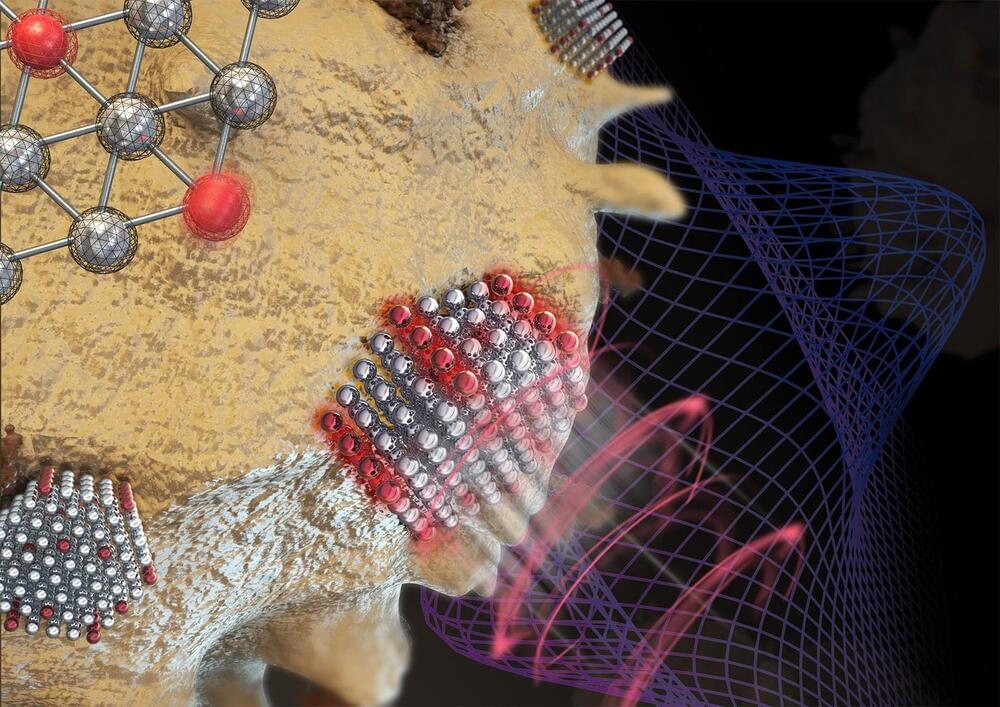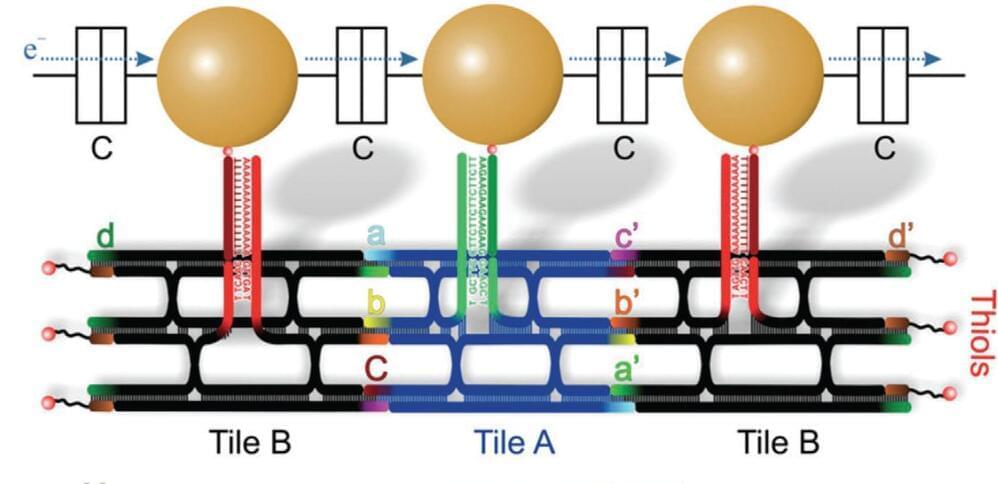Oct 12, 2024
Incredible New Technique Measures Forces As Small as a Virus With Unprecedented Precision
Posted by Dan Breeden in categories: biotech/medical, nanotechnology
A collaborative research team has developed a novel method to measure minuscule nanoscale forces in liquids, using a technique that significantly enhances measurement sensitivity and resolution. This breakthrough could transform biological research and advance biomedical technology.
Groundbreaking research has introduced a new method for measuring extremely small forces at the nanoscale within aqueous environments, expanding our understanding of the microscopic realm.
The significant nanotechnology advance was achieved by researchers from Beihang University in China with RMIT University and other leading institutions including the Australian National University and University of Technology Sydney.


















